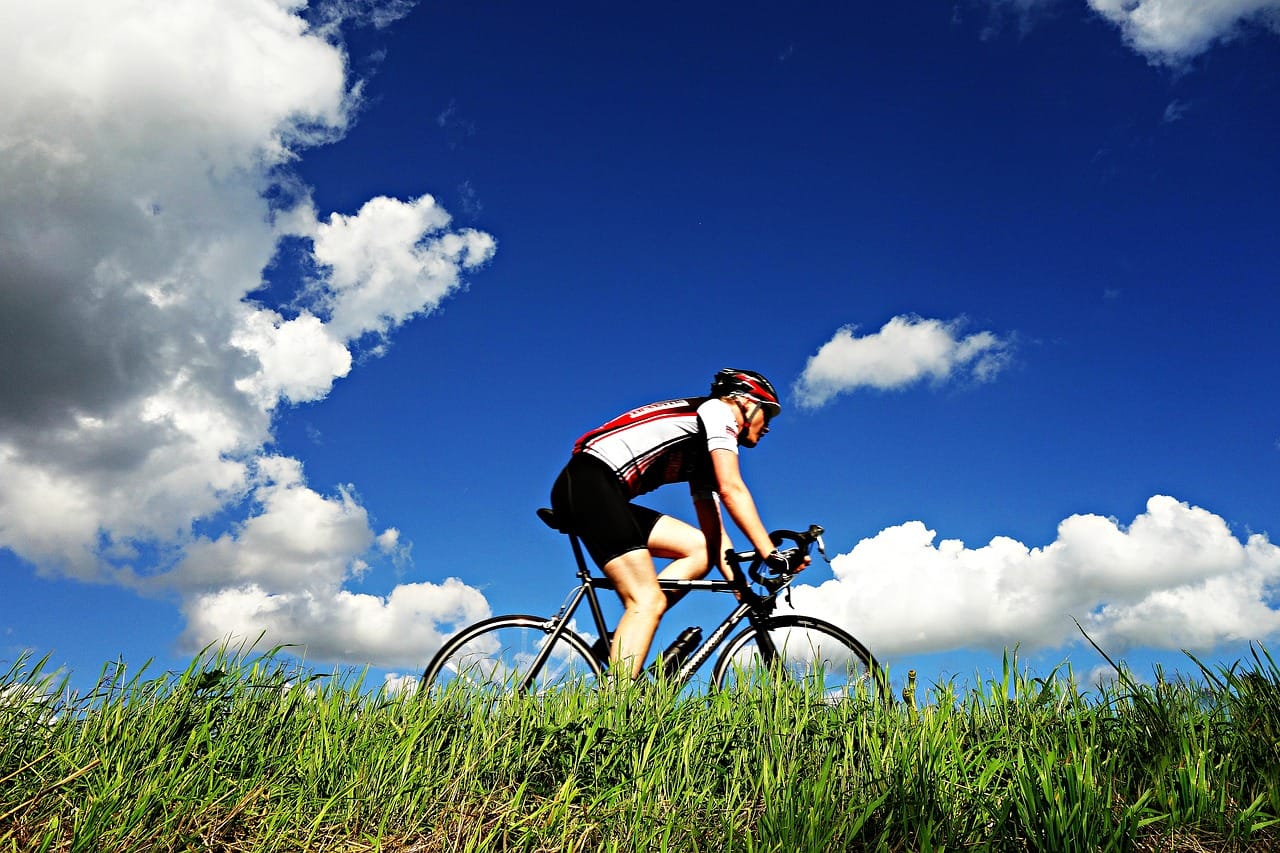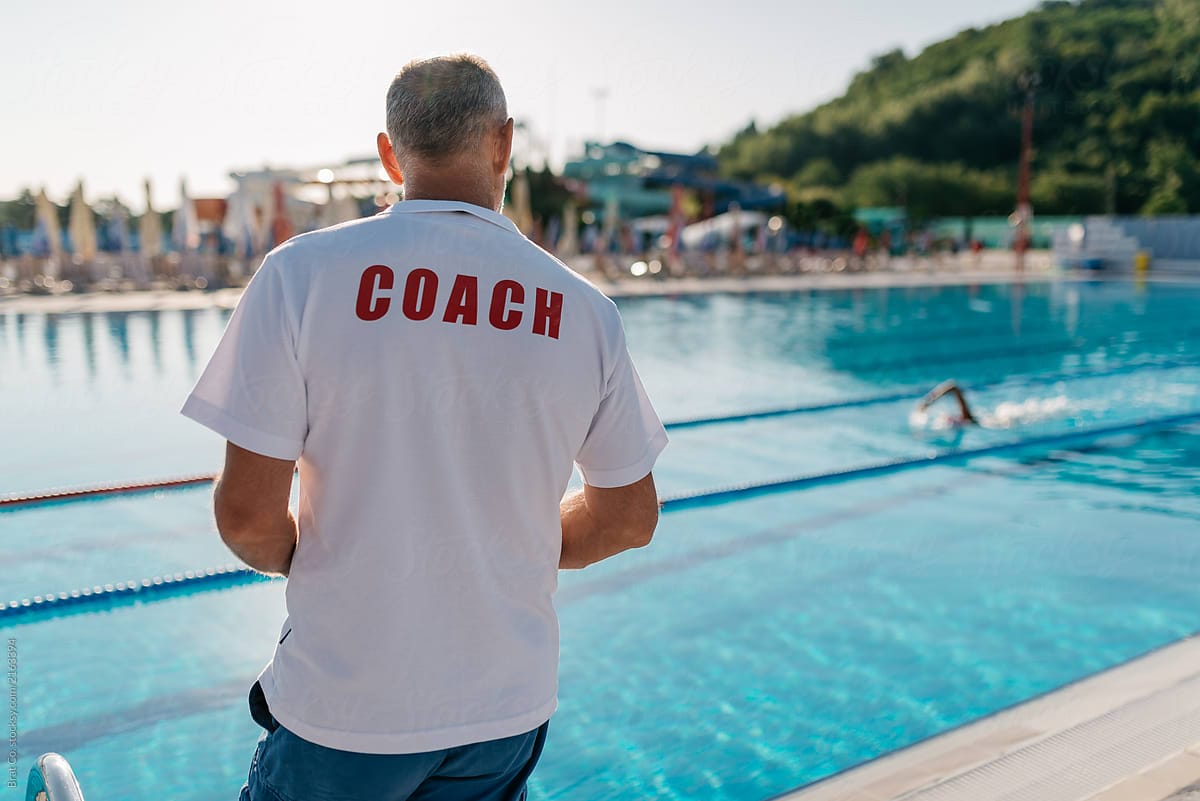Summer is here and the triathlon season is in full swing. Many of you will have competed in several races by now and are keen to improve your performance. Hopefully, you’re training consistently, feeling faster than you did during winter, and have fought the temptation of too much food and alcohol over the festive season.
After spending some time in past issues focusing on your pedal efficiency and cadence, it is time to start developing some ‘on the bike strength’.
Choice of gears on your bike
It’s really important to remember that the gear you can push will vary depending on your strength, experience as a cyclist, terrain and your gender. Males are typically stronger than females and can drive a harder gear.
It will be easier for you to understand some of the suggested bike sessions if we get technical for a few minutes. The big chainring typically has 53 teeth and so it is called the B/C/R. The small chainring usually has 39 teeth (some bikes have 42 teeth) and this small chain ring is called the S/C/R.
On your back wheel, for those on a 10-speed bike, your cassette has 10 cogs. The smallest cog typically has 12 teeth while the easiest or largest gear has 23 or 25 teeth. So if you are riding in the 39×15, you would have your chain on the small chain ring at the front (i.e. the 39) and somewhere in the middle of the cassette on your cassette (i.e. the gear with 15 teeth).
Now that you understand gear jargon it’s time to pull on your lycra and get strong with some challenging strength workouts. The proviso before you start any of these exercises below is that you need to have the correct aerobar time trial set up (cleats, bike frame size, aero bar length, head stem length, seat forward/aft position). This will minimise the risk of injury before you attempt the suggested sessions.
Session 1
Warm up
Cycle for 20-to-30 minutes in your small chain ring (S/C/R) and ensure your legs are warmed up. Then stretch for 10 minutes.
Main set
In this ride, if you’re normal time trialling gear is 53×17 (on flat terrain), then you should use 53×16-15 so that you operate at a lower cadence and therefore the working muscles will be in contraction for a longer period of time. This will have the effect of doing weights on the bike because you are driving a harder gear. Do not let your cadence drop below 70 RPM for lesser experienced triathletes. The main idea here is to hold your time trialling position on the aero bars throughout the workload effort. If your normal time trialling distance is 0-to-20 kilometres then try the above exercise over the same distance, early in your training week. This should not be done in a race week or race taper period as it can be quite draining.
Session 2
Warm up
Cycle for 20-to-30 minutes in your small chain ring (S/C/R) and ensure your legs are warmed up. Then stretch for 10 minutes.
Main set
This exercise will help you improve leg speed. If you typically time trial in a 53×17 (on flat terrain) then use 53×19-21-23. The aim of the workload is to hold the same speed over your regular time trial course while your legs are spinning much faster and you are holding your time trial position on the aero bars. The distance that this would be contemplated over would be between 0-to-20 kilometres, depending on your experience. This will teach you several things including balance, leg speed and that power or torque, which cyclists rely on so much, is developed through the combination of both strength and leg speed. This can be done twice a week as part of your training program.
Session 3
Warm up
Cycle for 20-to-30 minutes in your small chain ring (S/C/R) and ensure your legs are warmed up. Then stretch for 10 minutes.
Main set
Choose a climb with a gradient between four-to-six degrees. In your time trialling position on the aero bars, select the S/C/R and an easy gear on the back cogs such as a 21-23-25. While keeping the cadence around 100 RPM, time the first effort over a distance of between 500m-to-2000m (depending on your level of experience). The number of repeats could be between two and five, again, depending upon experience. The objective is to hold the same time for each repeat, so don’t go too hard in the first effort. Remember, steady and solid tempo is what you’re trying to repeat each time. This exercise should only be used once a week in your training program.
Session 4
Warm up
Cycle for 20-to-30 minutes in your small chain ring (S/C/R) and ensure your legs are warmed up. Then stretch for 10 minutes.
Main set
As part of your long slow distance ride, find a flat road with either a direct headwind or crosswind. Choose one gear easier than your regular time trial gear (so you have a slightly higher cadence) and ride on your aero bars (but don’t attempt this if you are inexperienced with high wind and aerobar workload). Try holding a low chin position with your head and if it is a crosswind, try lowering the shoulder that is facing the wind. This will make your back into a foil or spoiler to help the wind pass over you and give you some form of forward propulsion. Your bike setup should reflect a low front end TT position if it is a head wind and this should be worked on by you and your coach over a period of time. This aero bike position should allow you to control the bike in any conditions and give you a position from where you can apply power to the cranks effectively while providing you with a good wind cutting position – it’s a trade-off.
It’s a good idea to do a cool down following each of these sets, I’d recommend 20-to-40 minutes easy spin with 20 minutes of stretching.
So go out, give it a try and see if you can gain some form over the holiday period.








